Flooring
Flooring needs to be as practical as appealing, comfortable underfoot, durable, and strong, with a long life span. It makes a significant impact on the overall aesthetic of the property - changing the floor can visually renew the whole space. ArchiPro features a selection of different types of flooring for both residential and commercial applications from trusted suppliers in New Zealand.
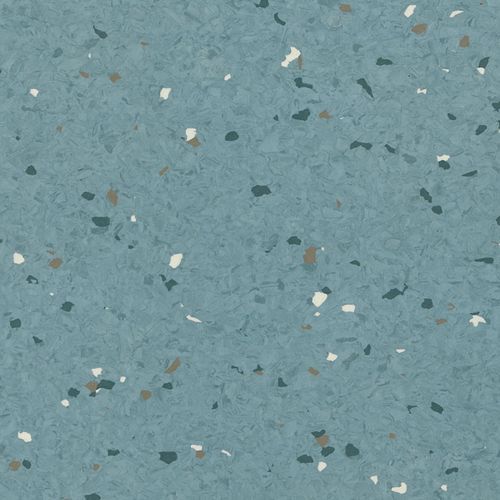

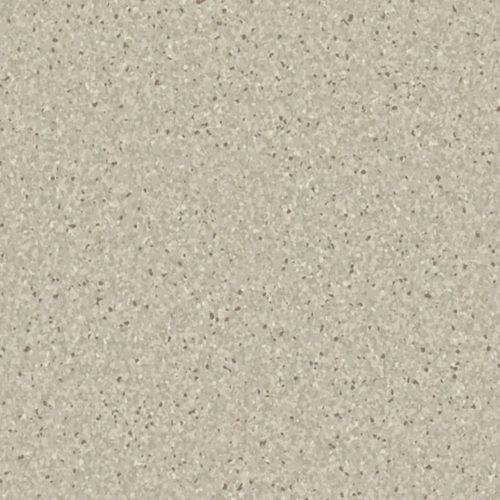
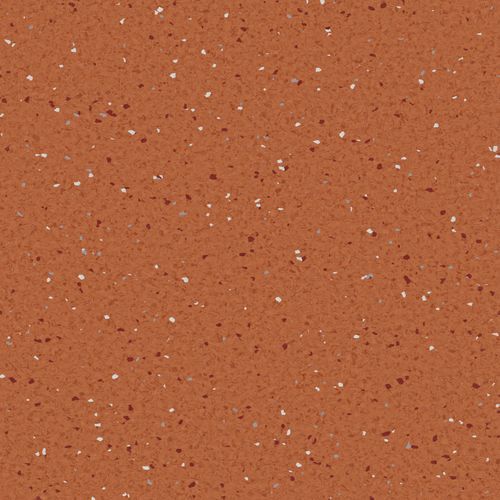


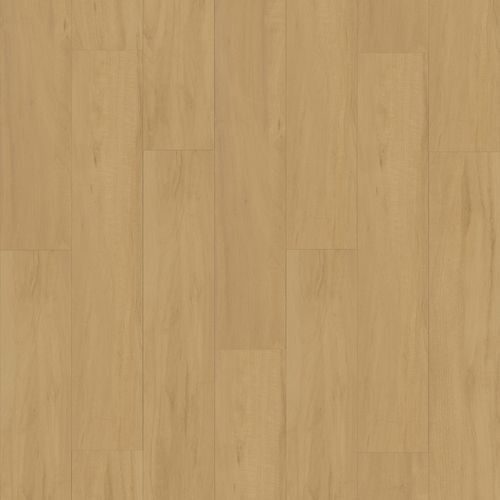

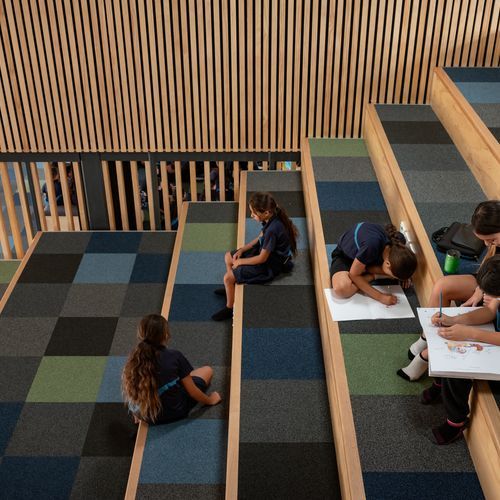
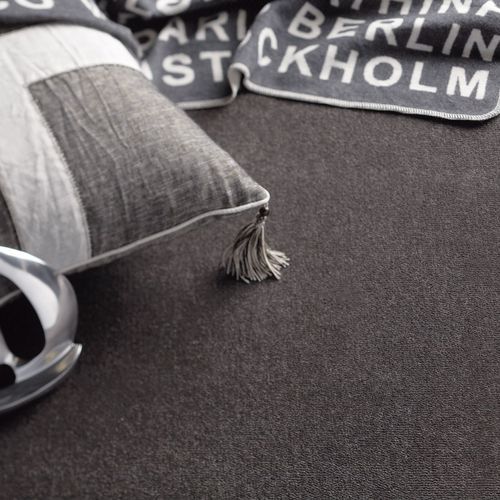

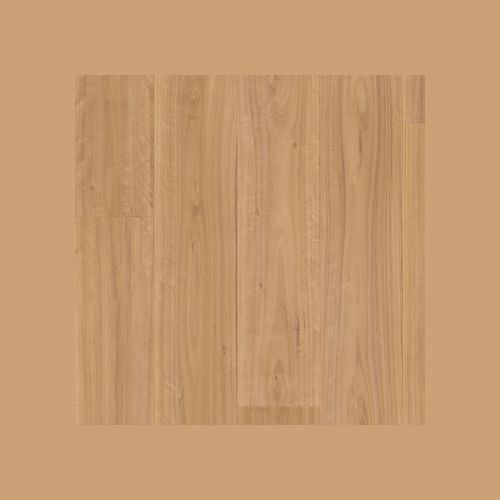

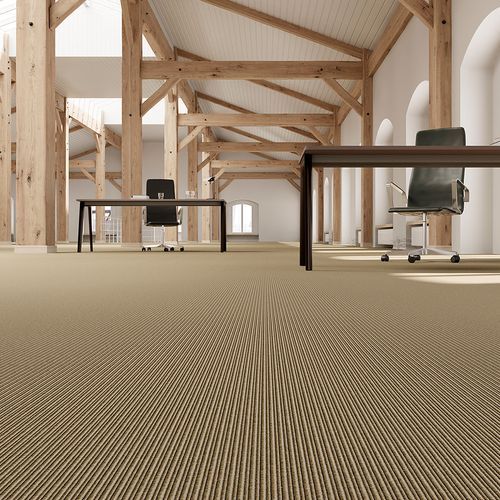
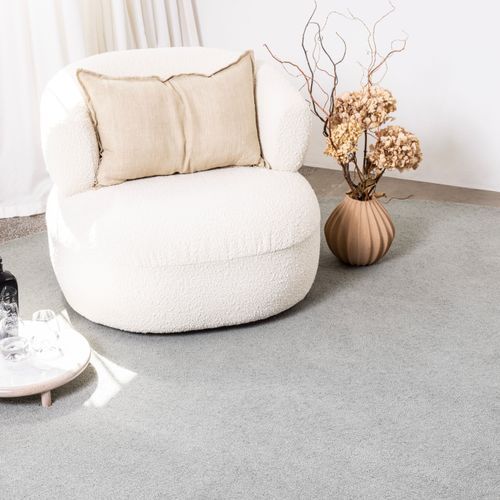

-
Solid wood is a traditional choice, with some versions boasting a distinctive luxurious flair. Prepared with different paints, stains and treatments, it can be easily suited to any modern, rustic, or contemporary decor scheme.
-
Engineered wood flooring is typically made of thin wood layers sandwiched with adhesives, often with a solid timber veneer on top. This type of covering can easily withstand humidity, less prone to contracting and expanding than solid wood flooring. Properly installed, high-quality engineered wood can be as enduring and appealing as solid wood.
-
Cork is a sustainable option made from the renewable bark of the cork oak tree. It is comfortable to walk on and requires no sealing to keep it clean and dry. Cork also features excellent soundproofing properties.
-
Bamboo is exceptionally fast-growing, which makes it sustainable, cost-effective to produce and affordable to buy. It makes a good alternative to related materials such as hardwood in attractiveness, strength, and longevity.
-
Stones slabs and tiles are extremely hard-wearing and suitable for both indoor and outdoor applications. Most stones need sealing before or after installation due to highly porous structures. Marbles, granites, and other types of rock boast an impressive appeal with luxurious vibes, suitable for both traditional and contemporary environments.
-
Glazed ceramic and porcelain tiles are a classic choice, resistant to decay, dents, scratches, moisture, stains. Both are hard wearing and available in a plethora of styles and finishes. Other benefits include low maintenance and budget-friendliness.
About Flooring
The type of flooring installed in a home or office in New Zealand acts as a visual backdrop for the rest of the interior decoration scheme. Apart from playing a significant role in overall appeal, the floor covering has a strong functional impact, too.
The flooring should fit the style and purpose of the space it will be installed in. For instance, the best choice for a kitchen doesn’t have to extend to the dining or living room. In open-plan concept spaces, the floor design can help to visually connect or divide particular zones.
Other determining factors are personal taste and available budget. While the initial cost of the desired covering might be high, some investments pay off in durability and other convenient features such as low maintenance and the possibility of refurbishing rather than replacing.
Different Types of Flooring
Substrate and Flooring underaly
Flooring underlay is a layer of material placed between the subfloor and the floor covering, providing insulation, soundproofing, and a smooth surface for the final flooring, while the substrate is the foundational surface on which the flooring system is laid, often requiring preparation to ensure stability and levelness.
Carpet Flooring
Carpets are warm, quiet to use, and comfortable. They are suitable for most rooms, although not the most convenient choice for a bathroom. The choice of carpet material, size and design, depends on the personal taste and room style. However, the amount of traffic it should withstand for extended periods also should be taken into consideration.
Carpets are commonly made of wool or different synthetic fibres. Other popular materials in New Zealand are sisal, jute, and seagrass, making eco-friendly, sustainable, and hard-wearing choices.
Concrete Flooring
Concrete floors are smooth and contemporary, often polished to a high gloss and distinguished by the strong industrial vibe. This type of covering has become quite an eco-friendly solution, made from various recycled aggregates. Concrete is water-resistant, exceptionally hard-wearing and can last for decades without the need for replacement.
Glass Flooring
In contrast to common opinion, glass floors are not necessarily transparent. While a transparent glass bridge is very useful to display a feature below, opaque glass can also be in places with no need to view through. The material of choice for both options are special kinds of toughened glass, durable, reliable, and resistant to breakage.
Laminate Flooring
Laminate flooring is composed of a core board, a projection of wood or stone surface placed on it, and a melamine protective layer on top of all. The core is made of compressed fibres such as dense fiberboard, giving laminate planks their toughness and longevity. Laminate is easy to install in New Zealand, typically with a handy click system that eliminates the need for glue or nails.
Vinyl Flooring
Vinyl floors, as well as linoleum, are an affordable choice in New Zealand, often available in a variety of vibrant designs. Apart from the appeal, both options are also resistant to water and stains, extremely durable, effortless to maintain and able to mimic other materials, such as wood and stone. Their properties make them one of the most suitable choices for kitchen and laundry.
Very similar in properties, vinyl and linoleum are of different origins. While vinyl is a synthetic material, mostly petroleum-based, linoleum is its natural counterpart, made from linseed oil and/or mixed with other plant-based materials such as cork.
Luxury vinyl tile is a high-end version available in either planks or tiles in New Zealand. It is distinguished by designs, featuring convincing wood-effect versions to use in places inconvenient for the real timber.
Wood Flooring
For ages, wood has been the material of choice when it comes to flooring. Its natural warmth, appeal, and impressive wear resistance are hardly beaten even today. Wooden floors have the benefit of exceptionally long life in New Zealand, as they can be sanded and refinished several times.
Resin Flooring
Among many different types of resin floors available in New Zealand, the most common ones are polyurethane resin, acrylic resin, and epoxy. Each variety is a part of a particular two-way system containing a base material and a hardening substance.
A resin cover is a combination of materials. Once combined, they are exposed to a chemical reaction that causes the compound to harden. The result is a chemically resistant, tough surface, very similar to plastic.
Tiles and Stones
Ceramic and porcelain tiles and stones have been a popular horizontal covering solution for centuries, frequently seen in homes throughout New Zealand.
Applications
Kitchen
Stain-resistant, waterproof floors - easy to clean and maintain - are ideal for this space, often full of activity. It’s good to choose the material that won’t easily mark, chip or crack when something hard gets dropped on it.
Stone flooring, concrete, resin, vinyl, as well as solid wood and porcelain and ceramic tiles all make a good choice for kitchen application in New Zealand.
Bathroom
Bathroom floor and wall coverings must be able to withstand high levels of moisture, as well as temperature fluctuations. Horizontal surfaces also need some traction to provide anti-slip properties.
Porcelain and ceramic tiles, rubber, stone, and even engineered timber are suitable choices for bathroom floors.
Living Room
The choice of living room floor covering is, above all, a matter of aesthetics. In open-plan concepts, mixing and matching different coverings enhances visual dynamics while making zones distinguished.
In New Zealand, solid and engineered wood, carpets, marbles and other stones - even concrete - can fit a variety of living room design solutions and styles.
Entryways and Hallways
The floor covering in these busy areas should be exceptionally durable, easy to maintain and clean. It’s good to choose a material that won’t immediately display every drop of water or dust that falls on it.
Suitable choices are porcelain, ceramic and stone, as well as solid or engineered timber.
Children’s Rooms
Kids rooms should be cheerful and practical above all. The best choice is a low-maintenance, convenient material such as timber-effect luxury vinyl tile or patterned linoleum. Solid and engineered timber can also be good, as well as laminate.
Things to Consider Before Choosing the Right Flooring Type in New Zealand
Durability
Installing or changing your flooring typically requires a significant investment in terms of both money and effort. Best floor coverings should last decades and look good most of the time. The durability of the material should, therefore, play an important role in the decision process.
Stone and porcelain tiles belong to the most durable forms of flooring in New Zealand, but laminate and vinyl are not far behind inconvenient performances. Properly stained and sealed timber planks are resilient, durable, and can be resurfaced and renewed several times.
Aesthetics
Most floor types are available in a wide variety of sizes, designs, and colours and sizes. It’s possible to find many shapes and patterns, from wooden planks to square or round tiles.
Ease of Installation
In New Zealand, installation of the floor can sometimes cost just a little lower than the floor material itself. Some types are more complicated than others and require a professional hand, while others - such as laminate - come as DIY-friendly systems.
Price
Different types of floor coverings can greatly vary in price. Stone floors often fall to the higher end, while laminate floors can start in the middle range but can get pricey down the road. Vinyl, linoleum, and some varieties of porcelain/ceramic tiles belong to the more affordable spectre.